Idea by
Marius Helten & Leonard Wertgen
Call for ideas 2017
References
References
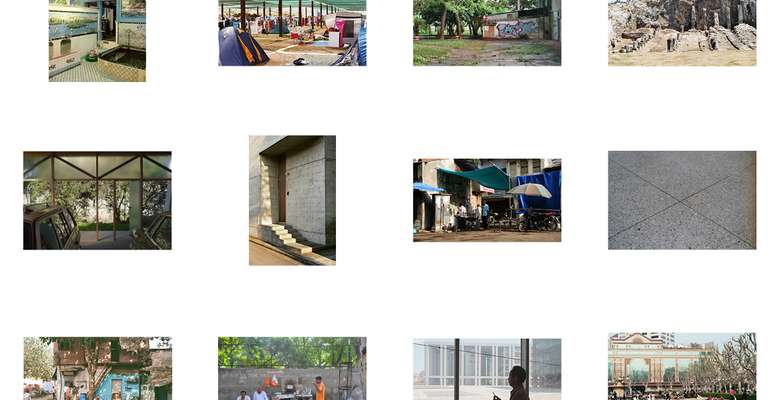
Architecture is always a planing for the future. While working on architecture, we are working on the shape of buildings, materiality of public spaces or construction permits. In the daily routine of this work we like to remember that the future is not about any of this singular and often isolated aspects. What we really like to imagine as a future are the things that we cannot construct. The use of public spaces, the feeling of an assembled building or the beauty of small but well functioning space. The following images are references that we like to think of when working on the future for architecture.

A lightweight roof offers a generous shaded space underneath for campers on the island of Maddalena near Sardinia. Within the shared space, everyone still has its own private realm in form of a tent, dining furniture and carpets.
The common roof is permanent and open to appropriation by the changing guests and their dwellings. We like the atmosphere of the space and how private space is organized as part of a community.

The garage is built as an ambiguous space. It is a loggia in the garden, a workshop as well as a car parking. We self built the construction, avoiding fragmentations of disciplines and abstractions that usually determines contemporary architectural praxis.
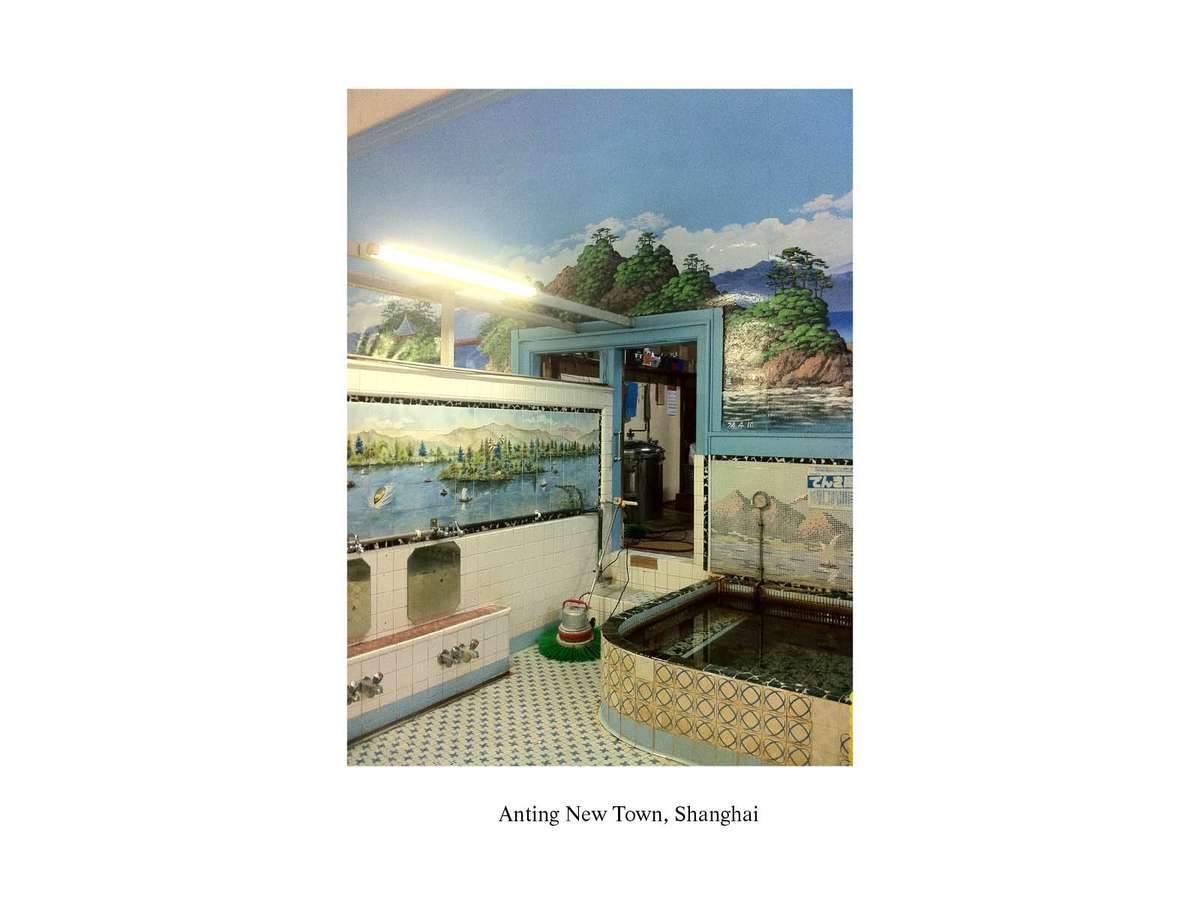
The Sento is the Japanese communal bathhouse, dating back to a past without individual bathrooms. While most japanese houses now have an own bath, these homely spaces still exist in almost every neighborhood. As intimate places both for bathing and communicating they function as an antipole to the urban anonymity of today. As a personal public space the sento makes us want to enjoy the sensuality of bathing with others while allowing us to use the flat only as accommodation.
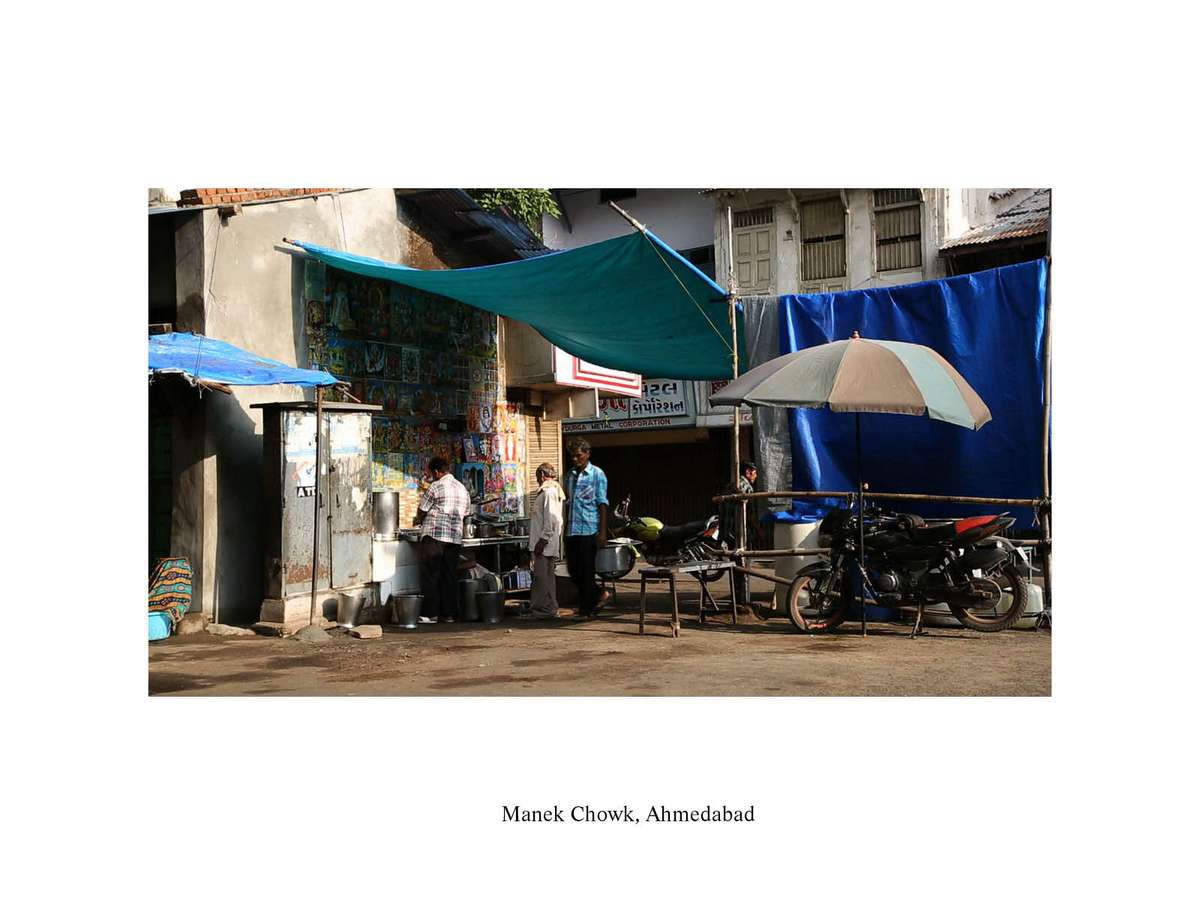
Manek Chowk is a town square in the old city of Ahmedabad which has a range of alternating uses throughout the day. Used as a place to feed cows in the morning, it becomes a place for parking of adjacent gold merchants. In the evenings the cars are being replaced with food stalls catering throughout the night whose publicity secures the surrounding jewelry shops. We are intrigued by this symbiosis of public and private interests shaping the daily live of this space.
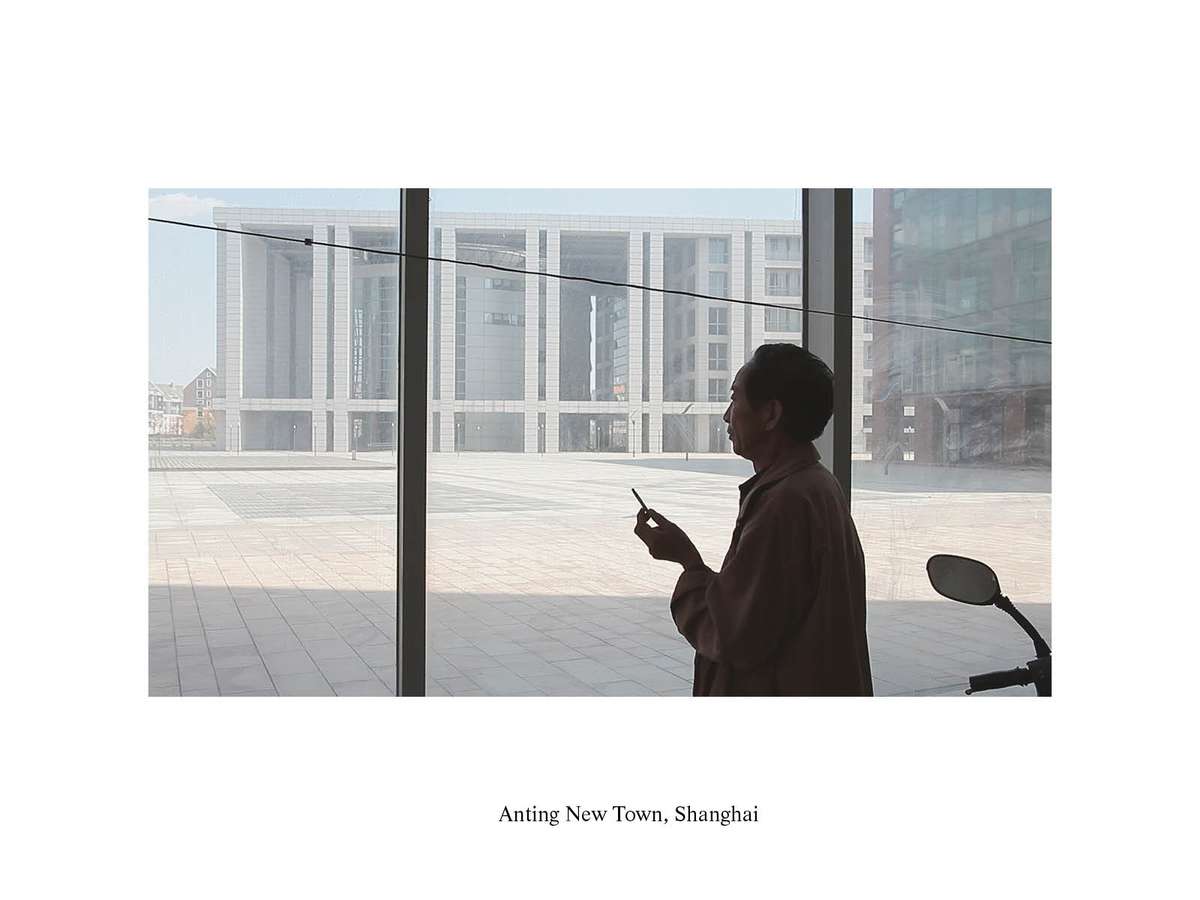
Anting New Town is a newly constructed township by German architect Albert Speer on the outskirts of Shanghai. It disguises itself with the layout and imagery of a German city. Being largely unpopulated its empty spaces are being reinterpreted by various residents. Shopping malls are used for living, parking garages to play badminton and its picturesque canals for fishing. Despite its seemingly naive way of planning, we are assured by the creativity of its users.
References
References

Architecture is always a planing for the future. While working on architecture, we are working on the shape of buildings, materiality of public spaces or construction permits. In the daily routine of this work we like to remember that the future is not about any of this singular and often isolated aspects. What we really like to imagine as a future are the things that we cannot construct. The use of public spaces, the feeling of an assembled building or the beauty of small but well functioning space. The following images are references that we like to think of when working on the future for architecture.

A lightweight roof offers a generous shaded space underneath for campers on the island of Maddalena near Sardinia. Within the shared space, everyone still has its own private realm in form of a tent, dining furniture and carpets.
The common roof is permanent and open to appropriation by the changing guests and their dwellings. We like the atmosphere of the space and how private space is organized as part of a community.
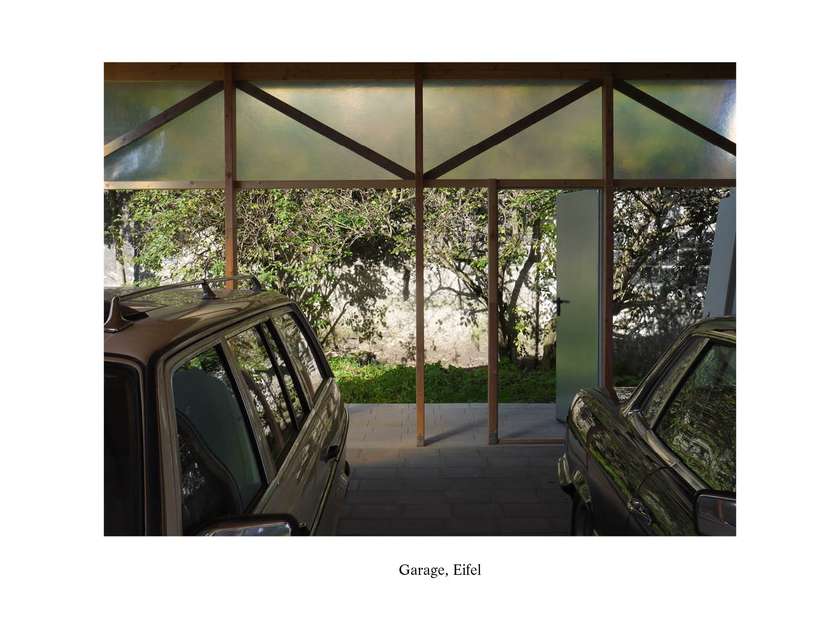
The garage is built as an ambiguous space. It is a loggia in the garden, a workshop as well as a car parking. We self built the construction, avoiding fragmentations of disciplines and abstractions that usually determines contemporary architectural praxis.
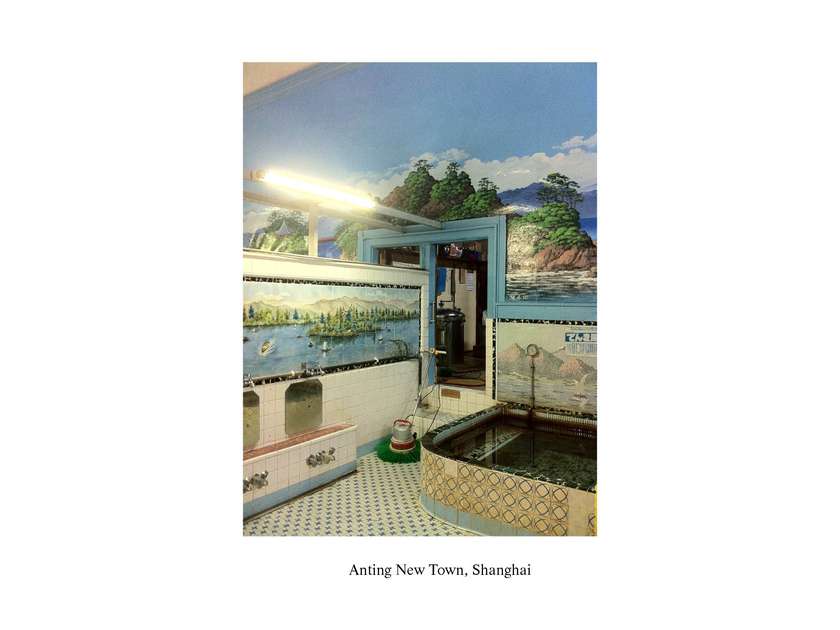
The Sento is the Japanese communal bathhouse, dating back to a past without individual bathrooms. While most japanese houses now have an own bath, these homely spaces still exist in almost every neighborhood. As intimate places both for bathing and communicating they function as an antipole to the urban anonymity of today. As a personal public space the sento makes us want to enjoy the sensuality of bathing with others while allowing us to use the flat only as accommodation.
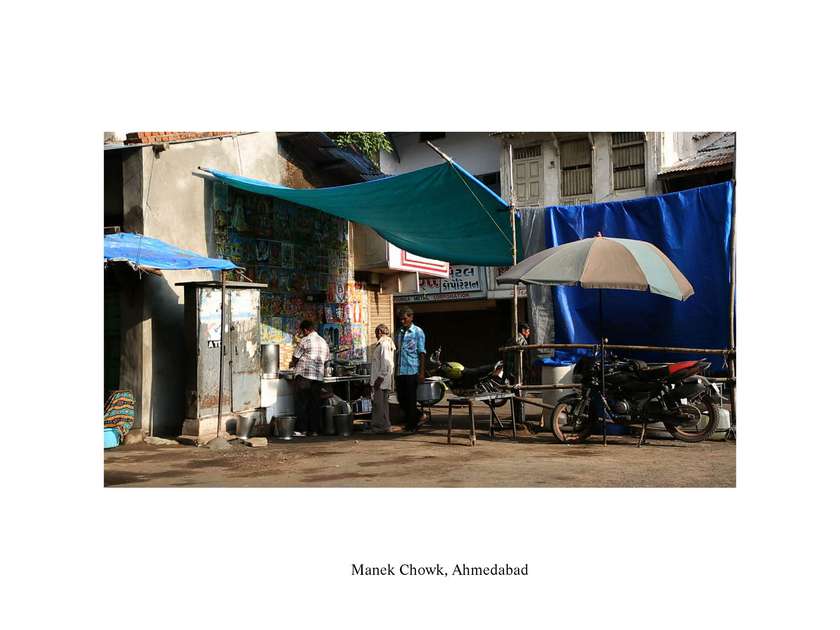
Manek Chowk is a town square in the old city of Ahmedabad which has a range of alternating uses throughout the day. Used as a place to feed cows in the morning, it becomes a place for parking of adjacent gold merchants. In the evenings the cars are being replaced with food stalls catering throughout the night whose publicity secures the surrounding jewelry shops. We are intrigued by this symbiosis of public and private interests shaping the daily live of this space.
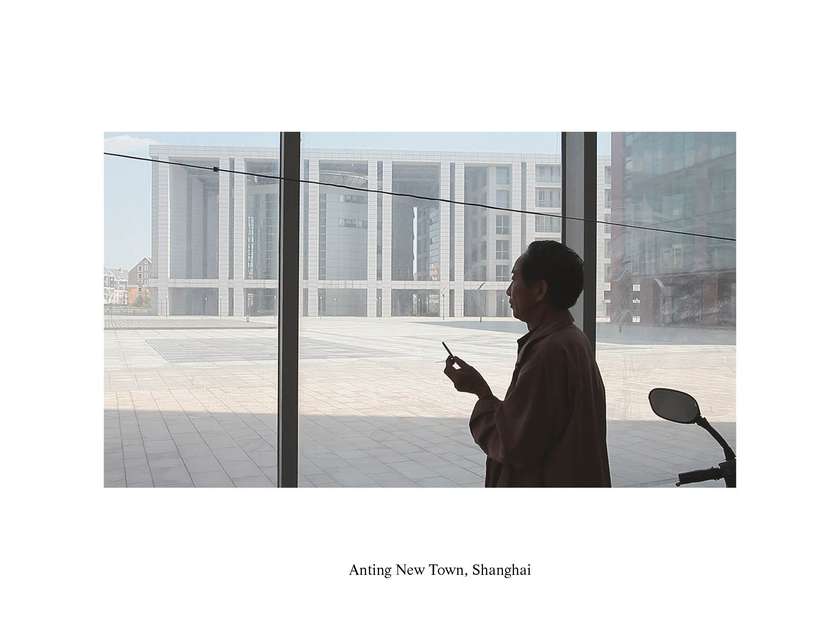
Anting New Town is a newly constructed township by German architect Albert Speer on the outskirts of Shanghai. It disguises itself with the layout and imagery of a German city. Being largely unpopulated its empty spaces are being reinterpreted by various residents. Shopping malls are used for living, parking garages to play badminton and its picturesque canals for fishing. Despite its seemingly naive way of planning, we are assured by the creativity of its users.